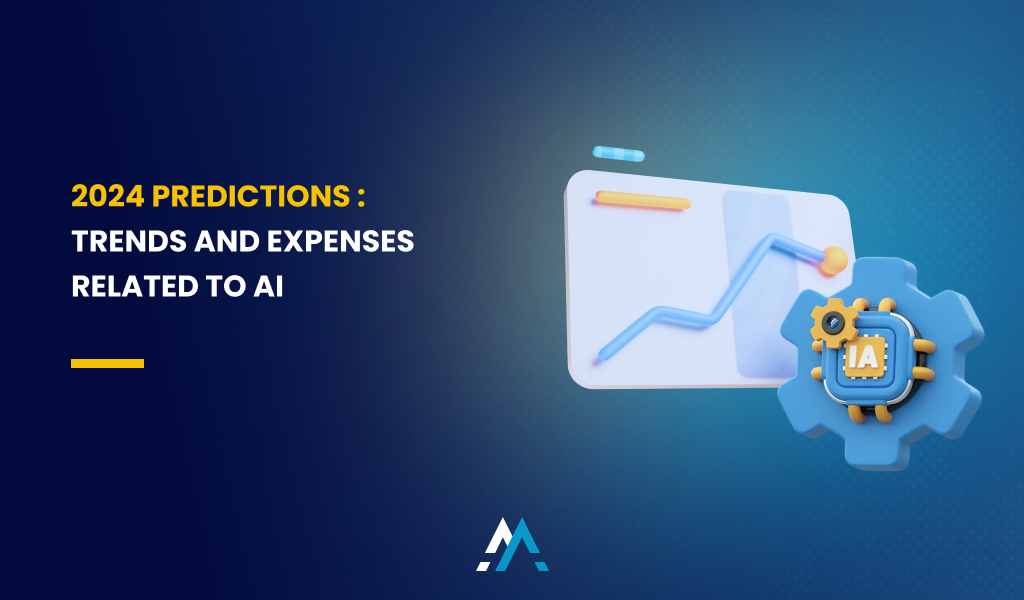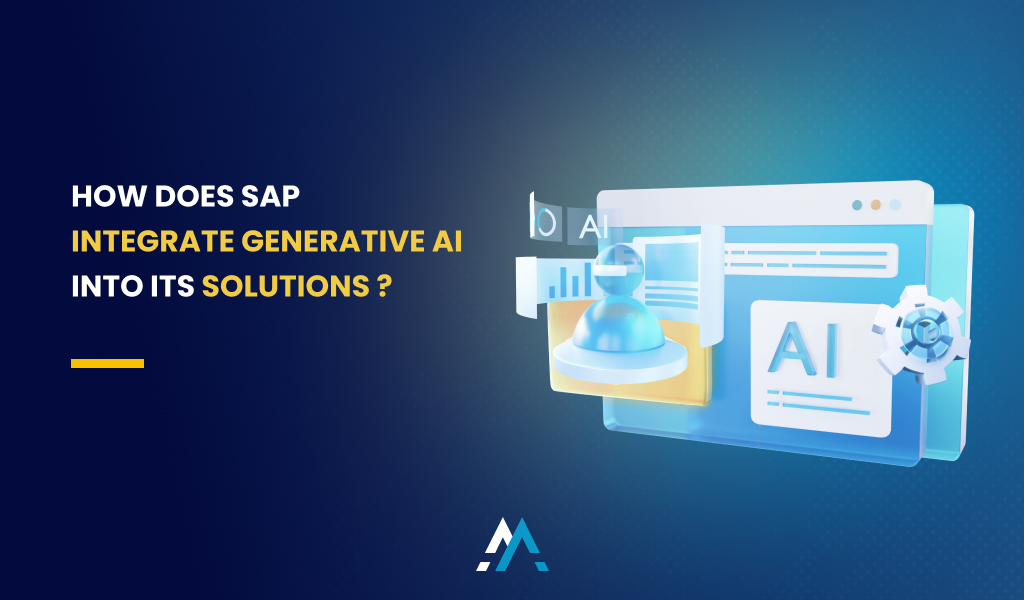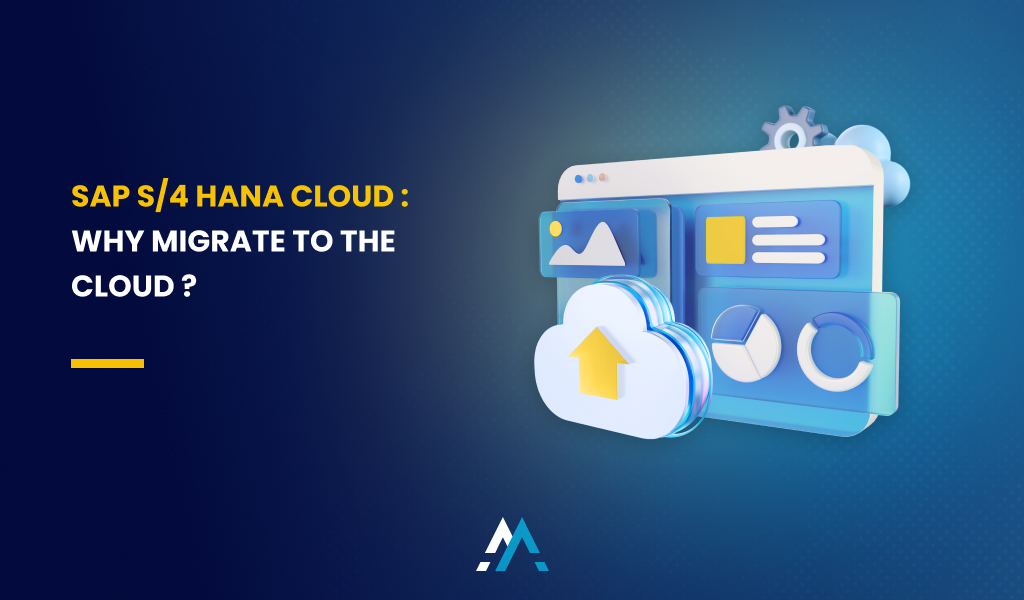Artificial Intelligence-powered solutions are becoming increasingly popular, particularly since the introduction of ChatGPT. This advancement has prompted businesses to adapt by incorporating this technology into the core of their processes. In 2024, trends and predicted AI spending are attracting a lot of interest.
Companies are now aiming to increase their investment in these solutions in order to remain competitive. In this context, SAP, which is constantly trying to innovate, has incorporated this technology into its services by building its robot, Joule.
In this post, we will analyse Gartner’s expectations for AI trends and investments in 2024. In addition, we will look at how SAP is embracing this trend by integrating its new generative AI assistance Joule.
What are the 10 AI trends expected in 2024 according to Gartner
According to forecasts made by the consulting firm Gartner, 10 new trends will emerge in the field of AI in 2024. These trends will profoundly affect the way companies integrate and leverage this technology in their strategies and operations.
Democratization of generative AI
The growing democratization of generative AI is making this technology more accessible and affordable. This development opens up new opportunities for companies, enabling them to design and launch innovative products and services. According to Gartner, by 2026, over 80% of companies will be using APIs, generative AI models or deploying dedicated applications in production environments, compared with less than 5% in 2023. This predicted increase underlines the rapid and widespread adoption of these technologies, revealing their growing importance in the strategies and operations of companies across different sectors.
Managing AI trust, risk and security.
This tendency has become a priority for businesses. In a context where Artificial Intelligence is becoming increasingly important, it is crucial to implement stringent measures to ensure user trust, data security, and regulatory compliance, resulting in the TRiSM (Trust, Risk, and Security Management) framework for AI systems. This strategic approach is critical for ensuring integrity, confidentiality, and dependability in the implementation of these advanced systems.
AI-assisted development
This concept represents a major advance in software development, making it possible to automate and simplify many low-value-added tasks. Integrating AI into the software development process leads to a significant increase in productivity. By reducing the time needed to design and create business applications, this approach frees up human resources to concentrate on more complex and creative tasks, paving the way for faster innovation in technology development.
AI-powered applications
This development has significantly improved the features and performance of software applications, making them smarter and more efficient. As a result, AI-powered applications have become increasingly widespread. This trend marks a turning point in user experience, with applications capable of learning and adapting. As a result, they provide more personalized and relevant services as AI continues to be integrated into different areas of our daily lives.
Enhancing employee skills through AI
The Augmented-Connected Workforce (ACWF) strategy is positioning itself as an essential lever for enhancing employee skills through AI. Gartner forecasts that by 2027, around 25% of CIOs will have adopted these initiatives to reduce the time needed to acquire essential skills for strategic roles by 50%. This focus on ACWF underlines the growing importance of AI as a catalyst tool for training and professional development, offering companies a faster route to building the skills of their core teams.
Continuous Threat Exposure Management (CTEM)
The incorporation of AI into Continuous Threat Exposure Management (CTEM) marks a significant advancement in safeguarding businesses from complex developing threats. This application of AI not only protects firms’ investments, but also proactively detects developing threat tendencies. According to Gartner’s analysis, CTEM provides a pragmatic and holistic approach, requiring businesses to continuously review the vulnerability, exposure, and exploitability of their digital and physical assets.
Custobots
Conversational AI has revolutionized customer interaction, enabling the creation of chatbots and virtual assistants capable of interacting naturally with customers. According to Gartner forecasts, by 2028, some 15 billion connected products will be empowered to act like real customers. These robot-customers, equipped with advanced conversational capabilities, are destined to generate significant revenues estimated in billions of dollars by 2030. This promising development reveals the exponential potential of Custobots in transforming the customer experience, offering companies opportunities for more personalized interaction with their customers.
Adoption of Sustainable Technologies
The growing adoption of sustainable technologies is now at the heart of companies’ strategic concerns. According to Gartner forecasts, by 2027, around 25% of CIOs will see their income directly linked to their involvement in the deployment and use of these sustainable technologies. The integration of these solutions is crucial for businesses seeking to operate more responsibly, reducing their ecological footprint while ensuring sustainable and ethical growth.
Platform engineering
This trend involves the creation and operation of internal, self-service development platforms. Each platform represents a distinct layer, developed and maintained by a specialized product team, designed to specifically meet the needs of its users. These platforms are designed to interact harmoniously with various tools and processes, offering a flexible and adaptable infrastructure.
Cloud industrial platforms/ Industrial cloud platforms (ICPs)
Industrial cloud platforms (ICPs) are growing exponentially, according to Gartner. By 2027, more than 70% of companies are expected to use these platforms, which represents a significant increase compared to less than 15% recorded in 2023. This rapid adoption of ICPs underlines the growing importance of the cloud in the digital transformation of businesses, offering increased agility in an ever-changing business landscape.
What Are the Predicted AI investments in 2024 According to Gartner?
According to Gartner’s forecasts for the upcoming year, global IT investment is set to grow by 8%. This growth is mainly attributed to budgets allocated to Artificial Intelligence, indicating CIOs’ readiness for rapid deployment of generative AI.
According to Gartner’s John-David Lovelock, CIOs recognize that today’s AI projects will play a decisive role. This sets the stage for the future integration of generative AI into their IT budgets as early as 2025.
At the same time, IT security is a growing concern for companies. Some 80% of CIOs surveyed by Gartner plan to increase their budgets dedicated to cybersecurity, making the latter a significant growth vector for application sales.
All these developments are having a considerable impact on businesses. AI is becoming a strategic investment to stay competitive. As a result, companies are being encouraged to invest in AI to stay at the forefront of their sector and ensure their long-term survival in an increasingly competitive market.
SAP confirms its evolutionary momentum by integrating Joule Generative AI
SAP has taken a significant step forward in the use of generative AI through Joule, its innovative virtual assistant.
The assistant will be available by the end of the year and will be embedded within existing SAP solutions such as SAP SuccessFactors and SAP Start. In addition, it will also be integrated into SAP S/4HANA Public Cloud Edition as of early 2024. This demonstrates SAP’s commitment to broadening the adoption and integration of this solution across its entire application ecosystem.
Joule will be integrated into SAP’s entire application portfolio, covering key areas such as human resources, finance, supply chain, procurement, customer experience, and even the SAP Business Technology Platform (BTP).
Joule is committed to delivering textual, graphical and tabular data not only from SAP solutions, but also from external data sources. Its aim is to significantly improve operational efficiency and productivity, while enhancing the customer experience through advanced functionalities and intelligent data analysis.
SAP has always kept pace with technological developments, integrating Artificial Intelligence into its core tools such as S/4 HANA and SAP BTP for several years now, positioning itself as a pioneer of innovation in its field.
This significant advance raises legitimate questions about the impact of these new technologies on the business world in the years to come. How will these advances materialize? What real benefits will they bring to business?
If you want to know how these technological advancements can help your business grow, learn how to use this technology to achieve new levels of efficiency and success.


